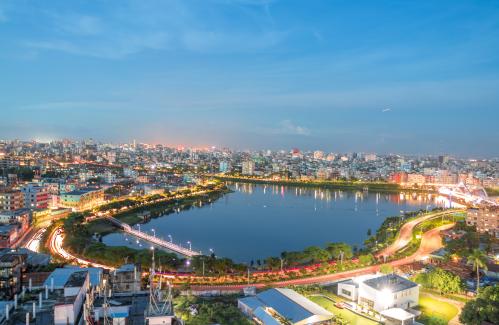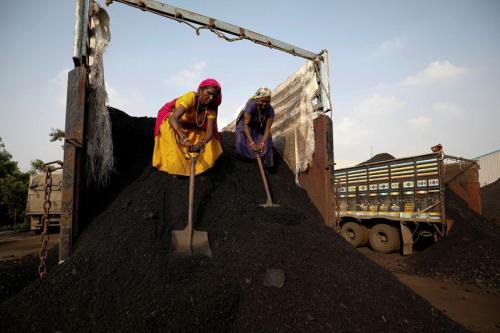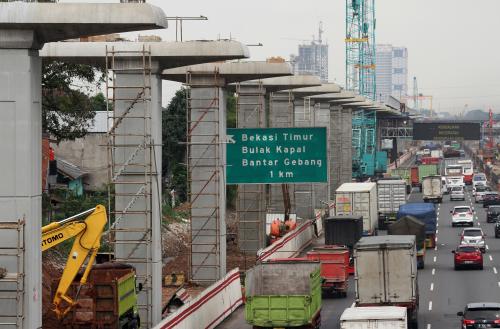Introduction
Our 1998 article entitled “Russia’s Virtual Economy” described the economic system of the 1990s. At the heart of the virtual economy thesis were two basic questions: (1) Where is value in the Russian economy created? and (2) How is that value distributed?
Most of the economy, noncompetitive and even value-destroying, survived by transfers of value from the resource sectors. The transfers were effected by elaborate and curious schemes of barter, mutual offsets, arrears, and other nonmonetary settlements. The noncompetitive enterprises lay claim to the value transfers by virtue of their “relational capital,” the political and personal goodwill they had with government officials and other business owners. Because investment in relational capital was an alternative to investment in physical and human capital, it was a major impediment to true restructuring.
Those same themes are still relevant today. The resource sectors, especially oil and gas, are even more central in the creation of value. Distribution of that value remains critical to Russia’s political economy. Relational capital continues to play a key role. And the manner in which value is redistributed has a negative impact on investment.
Thus, as much as things have changed since 1997-98, Russia remains focused on — to use the words of economic historian Gavin Wright — “divvying up the bounty rather than creating more bounty.” The challenge for Russia is to reverse those priorities. It must turn its attention to the task of creating the bounty.
Let us begin by estimating the size of this bounty. What is at stake?



Commentary
The Virtual Economy Revisited: Resource Rents and the Russian Economy
October 20, 2005